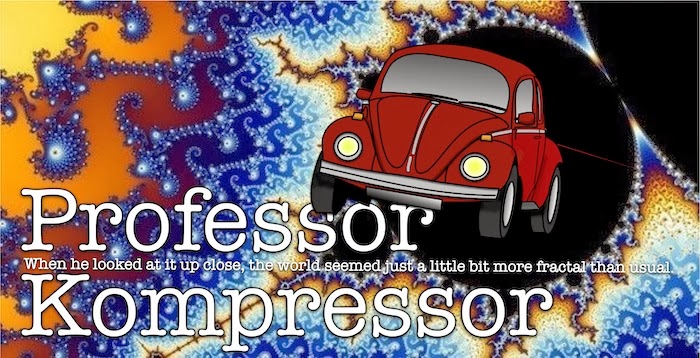I thought I would have a go at explaining something
hard using only the kind of words people use the most often. This is not easy,
but let us have a go anyway.
The
idea I am thinking of comes from the world of the very small. If something is
really really small, then you can not know both where it is and how fast it is
moving at the same time.
You
can know exactly where it is, but then you have no idea how fast it may be
moving. On the other hand, if you know how fast it is moving then you will not
know where it is.
I
really like this idea because you can have a lot of fun with it.
What
would the world be like if this was how larger things worked as well? What
would it do to driving? When you are driving, it is important to know both
where you are and how fast you are going.
You
need to know where you are in order to know that you are going the right way
and you need to know how fast you are going in order not to get into trouble
with the police.
Now.
Suppose
this was not possible. Suppose that you would lose track of where you were the
moment you figured out how fast you were going. You could avoid the police
stopping you, but you would get totally lost. The other way around is no
better. You might find out where you are, but you would not be able to control
how fast you were moving. That would not seem very safe.
What
do we learn from this?
It is
probably good that the really really small does not decide how things work in
our every day life. It would be serious trouble!
Written
using the up-goerfive text editor, using only the ten hundred most common
words. Why don’t you have a go?
